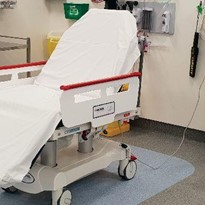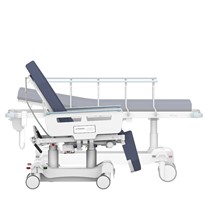Procedure and treatment chairs are designed to reliably move and support short stay patients throughout an entire healthcare system, by reducing the physical strain on staff and meeting the heavy demands of a high patient throughput.
This article aims to unveil the potential areas in your facility where a procedure chair could improve efficiency.
How does a procedure chair bring efficiency in emergencies?
From the arrival of a patient to a hospital, transport and procedure chairs can begin to play an important role in movement and handling, saving valuable space and accommodating higher patient flows. Moving the patient quickly to a procedure chair ensures the patient is adequately supported in a unit that will facilitate preliminary examination, emergency medical procedures, treatment and recovery.
While giving a level of short stay comfort for the patient, the healthcare staff have close and fast access to their patients as well as the ability to easily move them between departments throughout the facility.
How does a procedure chair streamline surgery?
The movement of a patient from pre-op through surgery and to recovery can be challenging when space is constrained in a busy environment. Procedure chairs are designed to find the best compromise between a patient’s comfort, the ability to transfer a patient with the least amount of staff input possible, the surgeon teams’ best access to the patient, the safe recovery of the patient and the speed or ease of cleaning.
Where possible, by having just one chair per patient to move through this system, efficiency may be streamlined for maximum patient throughput in a range of surgical procedures that are under heavy demand.
How does a procedure chair help with easy examinations?
Be it the medical exam of in-patients by doctors in private clinics or public hospitals, or the waiting and approvals in out-patient areas, the refined overall dimensions of procedure chairs can help to maximise space in small treatment rooms. Procedure chairs offer best patient access for the carers involved, a full range of patient positioning, CPR and side support is still available to ensure practical use. In the event of a patient emergency, procedure chairs have been designed to be easily moved through tight doorways and hallways in view of reaching the required department as fast as possible.
How does a procedure chair maximise movement?
There are many requirements within the healthcare environment to transfer patients quickly and safely. The compact design of procedure chairs can help with movement throughout doorways, hallways, access ramps, personnel lifts and medical rooms.
Large castor sizes and lightweight construction ensures that operators can manoeuvre and transport with ease both in and outside the facility. With adequate comfort and support, patients can be transferred between departments on units that are built to facilitate smooth bed to bed transfer and easy egress.
The right equipment can help to reduce the number of carers and physical effort that is required to move and position patients daily. No matter which make or model your department is already using, if utilised correctly, it can ensure better efficiency within your facility.









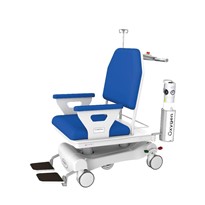



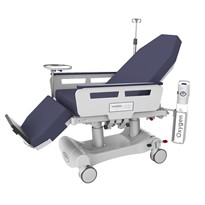

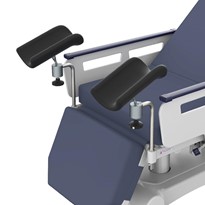





-205x205.jpg)
-205x205.jpg)
-205x205.jpg)

-205x205.jpg)



